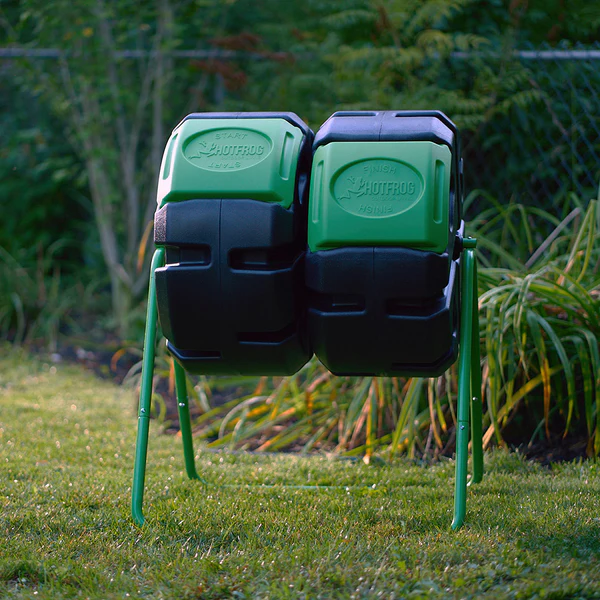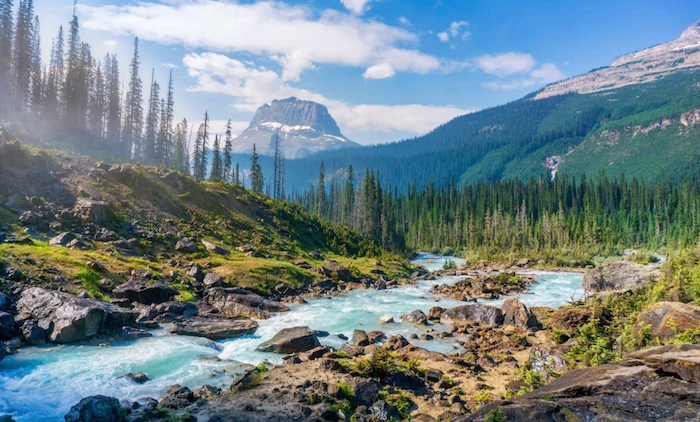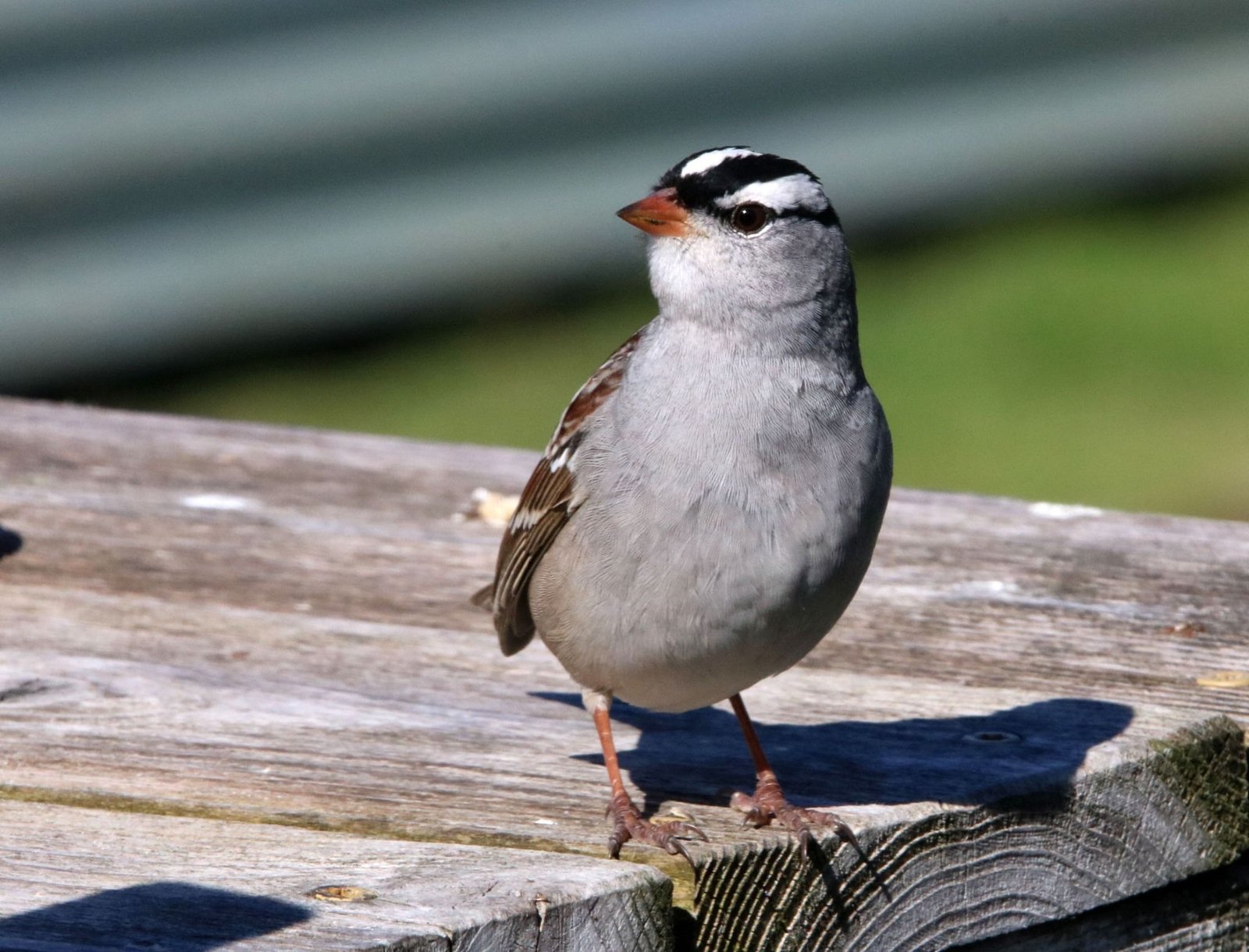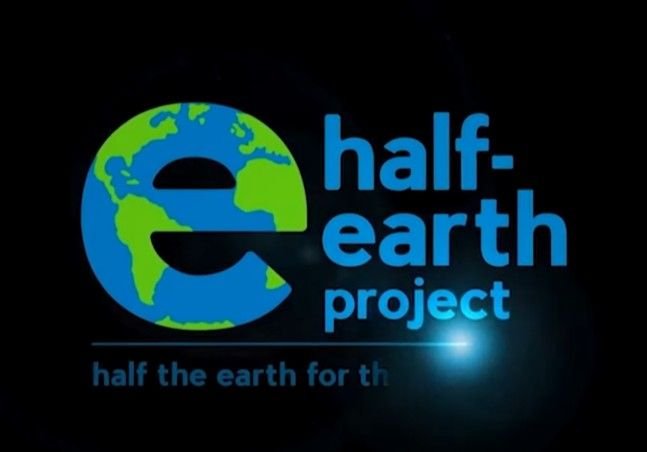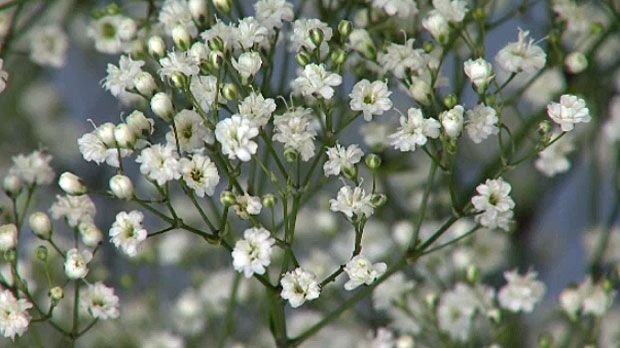Composting – the whys and hows!
We’ve been composting for several years. This includes grass clippings, food scraps, coffee grounds, paper, etc. In return, the plants in my yard benefit from the recycling process. Composting is a great way to recycle the organic waste we generate at home. Food scraps and garden waste combined make up more than 28 percent of what households throw away. Composting at home allows us to divert some of that waste from landfills and turn it into something practical for our yards.

